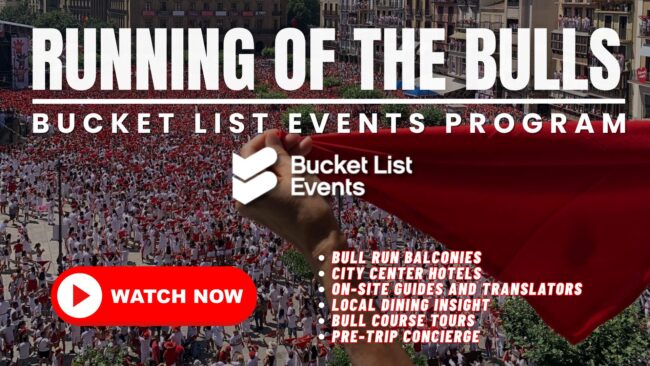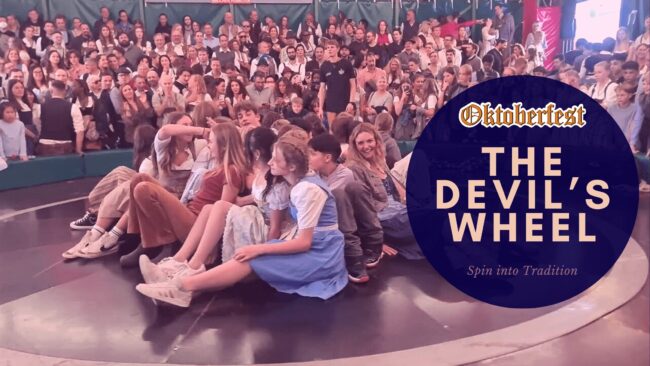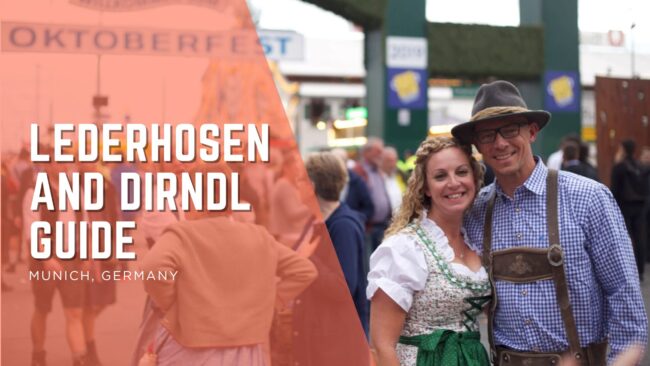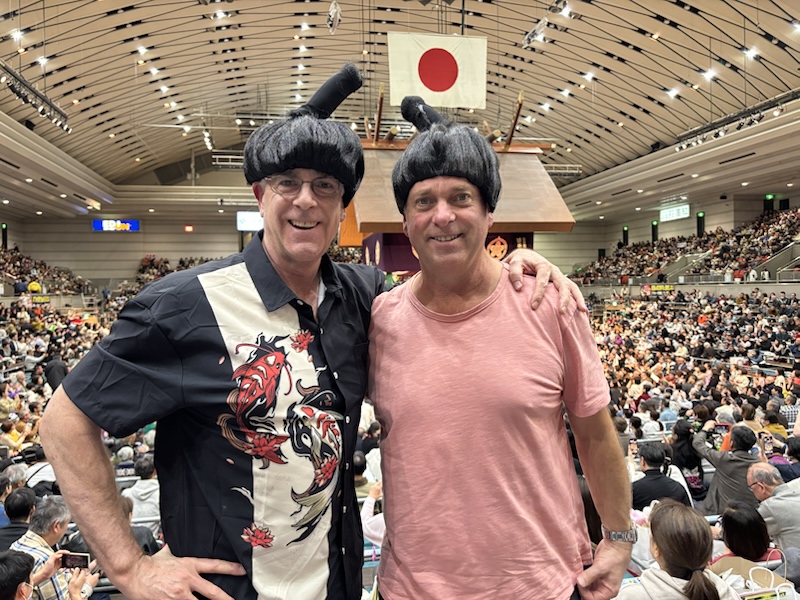
#12: Grand Sumo Wrestling Championship: March 2025
For the first, and likely only, time during our Bucket List globetrotting, it was our Kōunwoinoruto pull off the much coveted “Double” – attending two events in the same country on the same trip.
Having not attended wrestling at the Paris Olympics heading to Osaka, Japan, to witness a honbasho (a Grand Sumo Tournament for you cultural lightweights) seemed like the logical next step in our Bucket List adventure. Adding to this allure was the fact that seeing sumo wrestling was on our master bucket list from day one.
Dating back 2,000 years, Sumo Wrestling is Japan’s national sport. Since 1958 the sport’s pinnacle events, the Grand Sumo Tournaments, take place six times a year throughout the country. Each tournament begins on a Sunday and runs for 15 days with the overall tournament champion determined by the wrestler with the best won-loss record following all 15 days of competition. But let’s not get ahead of ourselves. After all, it’s important to first describe the very essence of Osaka, known affectionately as “The Kitchen of Japan” due to its legendary culinary delights.
 We checked in to the Ritz Carlton with a single, albeit ambitious, goal in mind: Enjoy as much of Osaka as we could given our limited time in the city before eventually working our way to our box Saturday afternoon at Edion Arena, aka the Osaka Prefectural Gymnasium, the host venue for the Sumo championships.
We checked in to the Ritz Carlton with a single, albeit ambitious, goal in mind: Enjoy as much of Osaka as we could given our limited time in the city before eventually working our way to our box Saturday afternoon at Edion Arena, aka the Osaka Prefectural Gymnasium, the host venue for the Sumo championships.
We began our first full day by focusing on the extraordinary culinary sights and sounds the city has to offer. We did so with a meandering, self-guided food tour of the Kuromon Market, the open air market which opened in 1822. Despite sampling a wide array of octopus, tuna, and other delicacies, the market was no match for our beyond-decadent dinner at Koryu.
Koryu, the Michelin 2-star restaurant run by Chef Shintaro Matsuo, was a sight to behold. Matsuo, along with his tireless staff of eight, prepared a twelve course meal for the mere eleven of us fortunate enough to score a reservation for his performance. Taking more than two and a half hours to navigate, and complemented by bottomless sake, the entire experience exceeded our expectations – almost as much as it did our appetites.
It bears mentioning that the preparation and presentation of each element of the meal left guests wondering what they were being served. In my particular case there was a yet-to-be identified exquisite raw quail egg yolk marinated in soy sauce that I mistook as an unassuming yellow cherry tomato. Those dining alongside us thoroughly enjoyed my surprise, which bordered on abject dismay and nearly led to a reversal of fortune.

After devouring much of what the city had to offer, we turned our attention back to the honbasho. Knowing that tickets to the tournament were not offered through traditional means (as we knew them), and that the arena only holds 8,000, scoring tickets required creativity and tenacity. Deftly demonstrating both traits, we were eventually able to secure box seats courtesy of the hotel’s concierge.
Upon removing our shoes, we nestled into our box seats and quickly realized just how confining a 4’ x 4’ floor space actually is. But at least there were only two of us in the box typically reserved for four. We had the foresight to purchase the entire box so as to enjoy a little extra leg room (repeat: little). Otherwise, there would have been no way to navigate the box without feeling utterly cramped and as if you were playing some bizarre version of Japanese Twister — as many around us were.
Given the close proximity to the “dohyo” (i.e. ring), which has a diameter of 15 feet, it was well worth at times feeling like a folding chair on closeout from Ikea. Much to our amazement we learned that dohyos are constructed with rice-straw bales and mounted on a square clay platform, with the top layer of the platform covered in a thick layer of sand, which tends to fly during matches.
To win a match wrestlers, better known as rikishi, must force their opponent out of the ring or have any part of his body touch the floor other than the soles of his feet. Prior to each bout numerous rituals and traditions take place, perhaps the most interesting of which includes the wrestlers throwing salt into the ring to purify it in an effort to ward off evil spirits. Moreover, they then stomp their feet and slap their bellies to ensure the absence of such spirits.
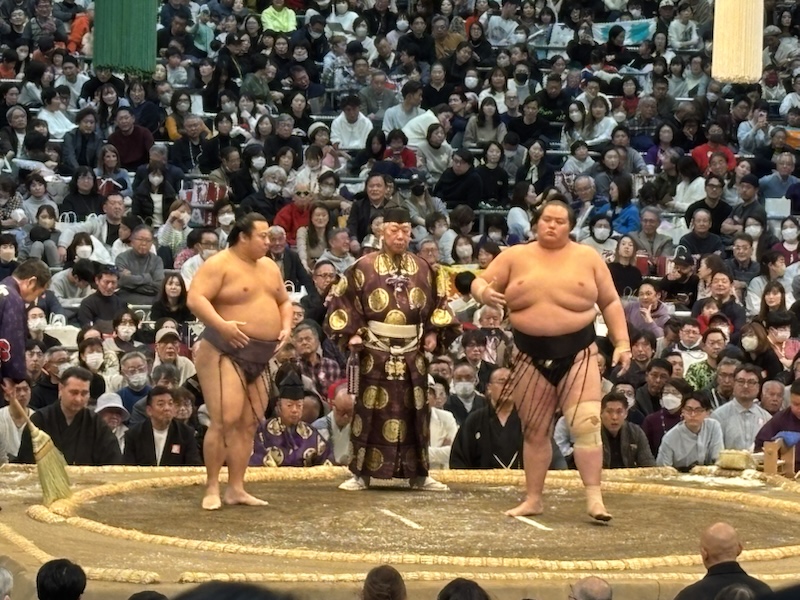
NOTE #1: I immediately began considering the benefits of doing the same given George’s checkered travel history.
By the afternoon’s end we had watched 33 bouts (all twelve in the intermediate division and all 21 in the senior division) over 3 hours and forty-five minutes. This included our witnessing the eventual champion, Onosata, beating Chiyoshoma.
Onosato later defeated Takayasu to win his third Emperor’s Cup. For Takayasu, it was the third defeat of his career in as many attempts in the championship, this time after leading the tournament over the final days.
To recap our antics and activities we were referred to the equivalent of a whisky speakeasy, one located deep in the basement of a high end retail mall. The Japanese Craft Whisky Bar Common, which offered about three hundred different whiskeys in a truly diminutive and secluded setting, provided the ideal backdrop for our final official cocktails while in Osaka.
And with Osaka under our Mawashi, it was on to Tokyo for MLB’s two-game season opening series between the Los Angeles Dodgers and Chicago Cubs.
Final Score: Bucket List 12, Onosato 3



